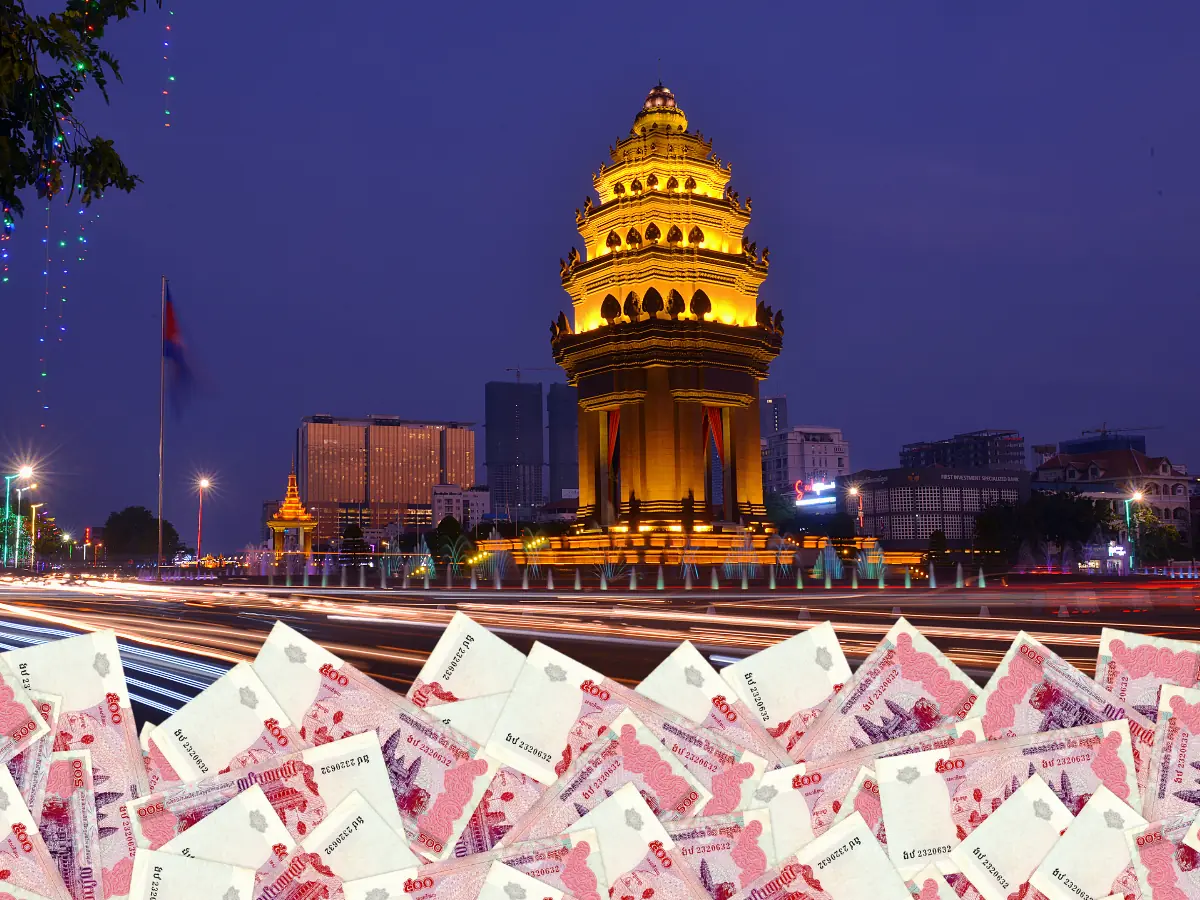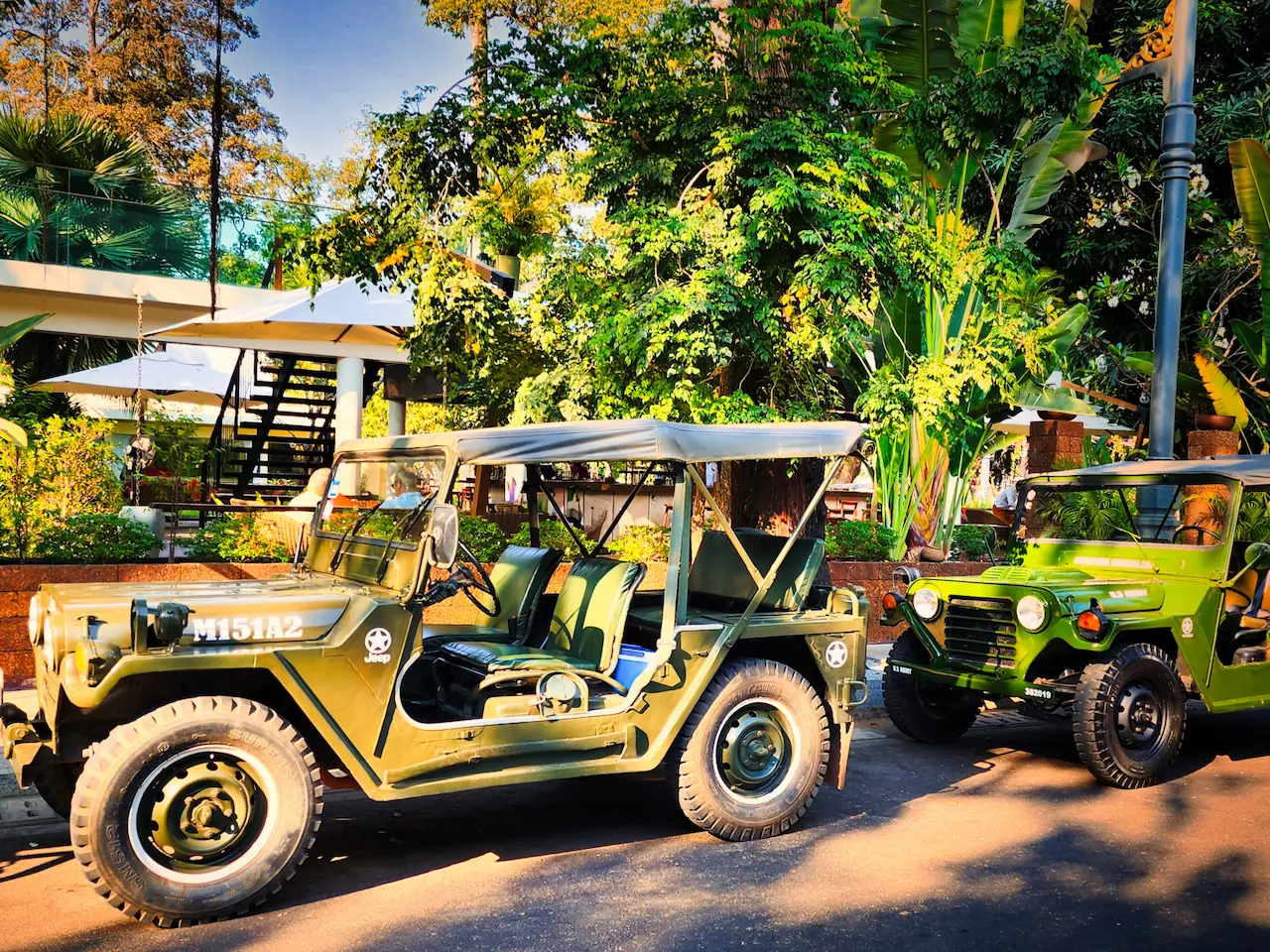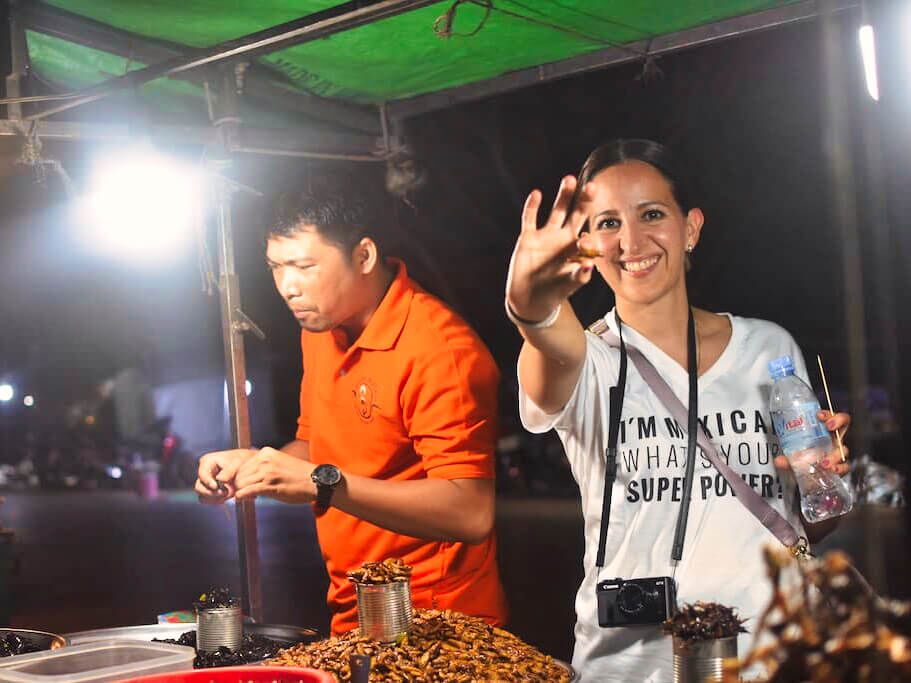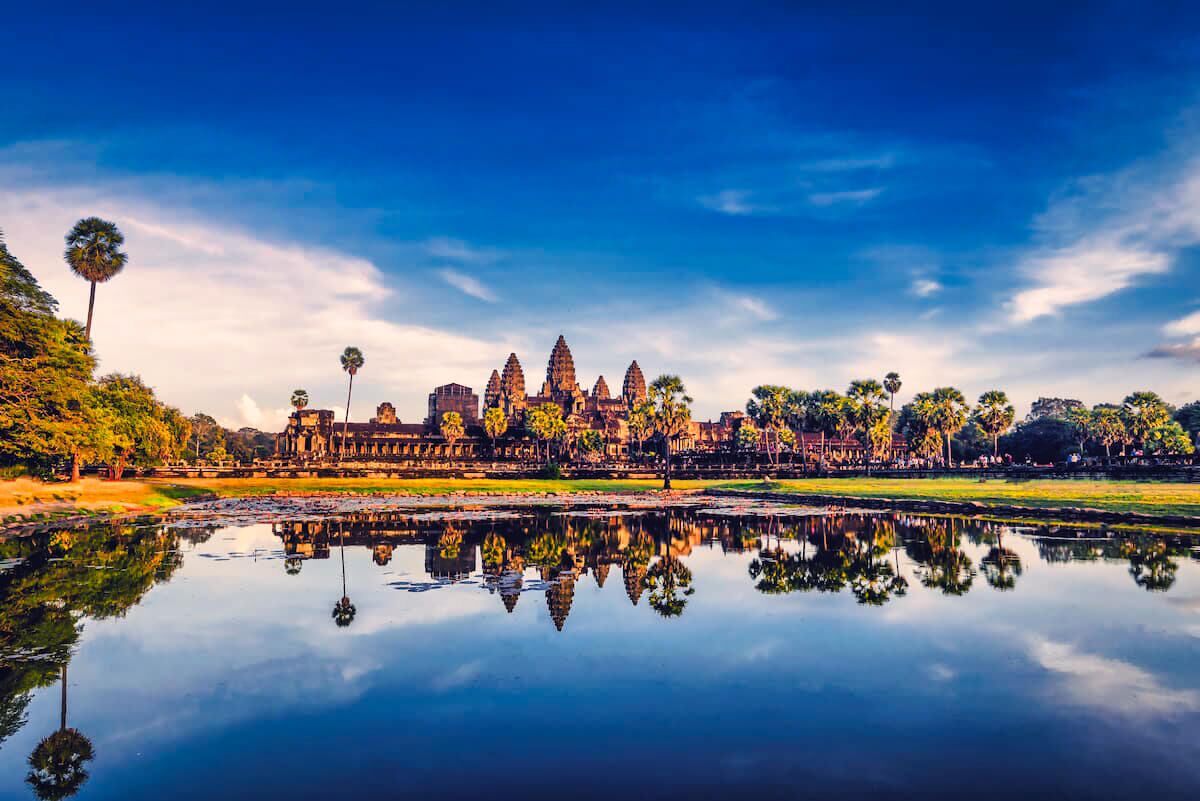Cambodia is in many mind a less develop country that their neighbor like Thailand or Vietnam, but it’s a fast-developing nation in South Est Asia. As a result, your access to cash or ATMs varies depending on the area. Tours in Siem Reap Angkor and Cambodia are most widely paid in us dollar or even euro.
Understanding Cambodia’s Currency: Riel and US Dollar
Riel: The Official Currency
The Cambodian Riel (KHR). Currently, 1 USD is approximately equivalent to 4100 Riel. Following is the official website National Bank of Cambodia if you wish to follow the exchange rate, but it’s not essential to check the exchange rate before and during your travels in Cambodia, as the value of the Riel remains very stable.
US Dollar: Widely Accepted
Despite having its national currency, Cambodia is also using the US Dollar. Visa-on-arrival charges will be paid in cash, specifically in USD. Remember, while planning your trip to Cambodia, almost all transactions will be conducted in US $.
Exchanging Money in Cambodia
Riel isn’t available outside Cambodia, and it can’t be exchanged back in your home country. You will exchange currency once you arrive, preferably in town rather than at the airport exchange shop, where the rates tend to be much higher.
Currency exchange in Cambodia is an easy process. You can exchange any foreign currency for KHR in several ways. Visit exchange offices that can be found throughout the country at the local markets. Spotting these shops is easy since they have currency notes in a glass cabinet at their entrance. They offer a better exchange rates compared to the “official airport” exchange offices. Be cautious of scams and always count your money before leaving the exchange office.
I’ve changed many times euros to dollar or vice versa when I am heading back there, and the exchange rates have been more favorable than if I had exchanged dollars for euros in Europe.
No more small US Dollar note, why?
Recently, the government has shown an interest in reducing the predominance of the US dollar. As part of this initiative, banks have been instructed to withdraw one-dollar and five-dollar bills from circulation. No worries, even you arrive with some of them, everyone will accept but just be aware that most of the time for transaction less and $10 you will be give Riel back.
Alert: Beware of Damaged Dollars – Big Change!
Tinted or Damaged US Dollars – Good News in Siem Reap
The government has recently introduced a new law in Siem Reap requiring banks to accept tinted or damaged US dollars. If you hold such notes, you’ll find they are more likely to be accepted now, thanks to this new regulation. However, it’s still wise to check your change and ask for an undamaged note if necessary. If you encounter any issues, consider accepting RIEL instead, as there are no restrictions on using them, and they can be easily exchanged or used later.
Check all our electric bike tours
Why Damaged Dollars Were an Issue
Previously, banks would not accept damaged US dollar notes, imposing penalties ranging from $5 to $10. This led business owners to reject these notes to avoid significant losses. With the new law in place in Siem Reap, this problem should be mitigated, making transactions smoother for everyone.
ATMs in Cambodia
ATMs Availability, most ATMs are present in the larger, urban cities of Cambodia, such as Phnom Penh, Siem Reap and Sihanoukville. Smaller towns have ATMs too, but there are very few to go around. More importantly, if you plan to go to the islands, make sure you have some cash available as your option to get some will be very limited. ATMs charge withdrawal fees that range from $3-6 USD.
Tips with your Money in Cambodia
- Always carry with you a mix of both USD and KHR
- You can complete most transactions using USD
- Buy anything less than $10 pay in Riel, you will get better price.
- Don’t change US dollar for Riel, just wait to get the change in Riel, it will avoid you the charge from the Exchange rate shop 😉
- Carry us dollar with small denominations, like $10 or $20
- Keep in mind that torn currency notes will not be accepted anywhere in the country, not even the banks will help you in this case.
- If you have torn or damaged US dollar, stay cool. Back in your own country, they will exchange them without any issue.
Also check our artcle about: SECURITY, IS CAMBODIA SAFE?
New form of payments:
Mobile payment services like Apple Pay, Google Pay, or Alipay are an increasingly popular way to pay, but you’ll need to check beforehand how available these methods are in the shops.
In Cambodia, mobile payments are reshaping the business landscape. Traditionally reliant on cash transactions, businesses, and customers are now experiencing a swift and positive transformation via mobile payments.
You can pay with your smartphones, eliminating the need for cash. This is especially for Phnom Penh and Siem Reap; I myself have experienced paying at Sombai with Apple Pay. Please be aware that you will not find this options in the countryside or more remote areas.
We at Adventures Cambodia accept payment for our Angkor Wat tour via a secure online platform or on-site by credit card.
FAQ About the Currency in Cambodia
- The currency in Cambodia is the Riel.
- Besides the Riel, the US dollar is also officially accepted in Cambodia as a currency, where an almost fixed exchange rate exists around 4,100 Riels to one dollar.
- The optimal approach to acquiring Riel in Cambodia is upon your arrival.
- Be careful on the quality of your dollars










